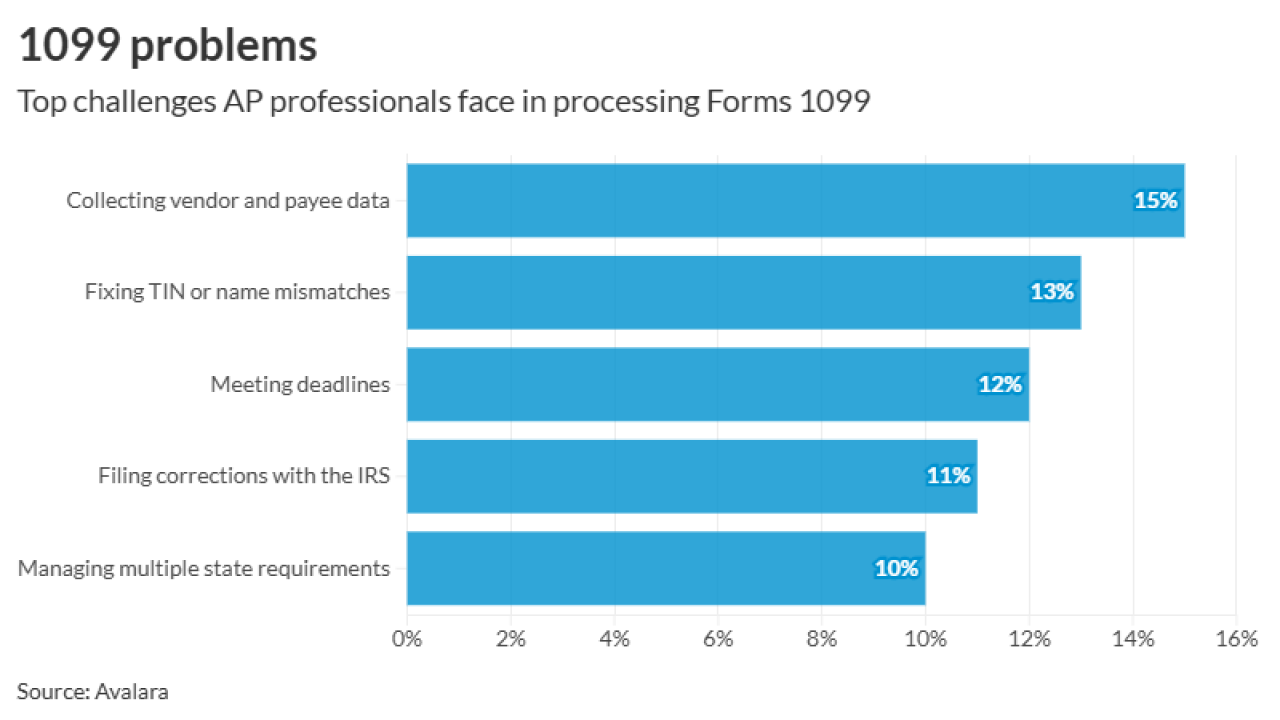Small business platform
"This evolution of Xero's platform is a foundation for the next era of small business accounting," said Diya Jolly, chief product and technology officer at Xero. "JAX doesn't just support today's workflows; it continuously learns, adapts and acts to meet the evolving needs of business owners. By handling repetitive tasks and empowering our customers to focus on growth, relationships and high value decisions, we're seeing what's possible for the future of work in the accounting industry, and we're excited to keep expanding our AI offering."
Where previous iterations of JAX were tuned toward shorter, simpler interactions, the new capabilities are intended to make JAX feel more natural as a collaborative partner. Xero intends for JAX to be able to do things like data entry, bank reconciliations and AR/AP; the AI will observe the user's behavior and adapt itself to their workflows. With regard to bank reconciliations in particular,

Xero also touted JAX's ability to access data and provide insights. The AI will give the user instant access to their cash flow, P&L and balance sheet data; users can query this data via a conversational interface for further analysis. For example, they can request a gross profit trend for the past year and see it visualized in charts and tables. The AI can also combine insights from across the user's business and connect apps, then bolster that with additional web research via a collaboration with OpenAI. This produces dynamic, versus static, reports that deliver personalized, timely insights such as key drivers behind a month's revenue growth. Xero said the model will "spot opportunities and issues before you do."
Accountants and advisors can access these insights for their clients via the Xero Partner Hub (coming in 2026), also announced during Xerocon. Among other things, accountants will be able to leverage JAX to access client information via a new, customizable homepage with uplifted design and new widgets that brings client insights into one place. Xero developed the Partner Hub in response to professionals who told the company that switching between different practice tools—Xero HQ, Practice Manager, Tax and Workpapers—breaks workflows and wastes time.
"These features empower accountants and bookkeepers to advise clients effectively without time-consuming analysis, helping them elevate their expertise and get the core work done with their oversight," said Jolly in a later email.
Deeper into JAX
Extending JAX to become a financial superagent meant giving it the ability to collaborate with other agents to complete tasks, like performing financial analyses or finding information on the web. Collaboration also enables JAX to tackle more complex requests, which often require multiple capabilities to be orchestrated together before preparing a cohesive answer. JAX now also engages in more natural conversations, confirming important details if it's unable to infer them from prior exchanges. These improvements make JAX feel more like a helpful collaborator compared to earlier this year.
This year's improvements see the AI taking more action on its own.
"Yes, JAX agents absolutely perform calculations and integrate outputs from other specialized models crucial for accounting," said Jolly in a later email.
It still retains the Jax Assure system it had last year to ensure accuracy and consistency. JAX Assure is a proprietary control system that manages and validates data processed by the data in order to reduce the risk of the AI making things up, also known as "hallucinating." The latest version further bolsters the control program through the addition of "safety AI agents" that enforce guardrails and "ensure conversations are safe," as well as by further developing Xero's ability to test and evaluate the model through simulated interactions.
"Accuracy is paramount, so we combine Xero's deep financial expertise and proprietary safeguards like JAX Assure," said Jolly in the email. "This system rigorously validates data before AI processing to ensure consistent, expert-level accuracy. This means that whether JAX is assisting with tax calculations, analyzing cash flow or providing a forecast, advisors can rely on the outputs. This is a key element in moving the Xero experience from static reports to personalized real-time insights that move the needle; our customers need to be able to trust the data to deliver strategic guidance."
Lisa Huang, senior vice president of product management for Xero for insights and AI, added in an interview that while it may not be obvious to the user, another major change has been that JAX is built on a fundamentally rebuilt architecture, which she said was at least partially motivated by having to keep up with the rapid pace of advancement in AI.
"Behind the scenes, we've actually been investing a lot in fundamentally redoing the architecture… The industry is developing really, really quickly. There's a lot of new technologies available, a lot of new models that have new capabilities. We started the current version of Jax in a certain architecture with a certain set of models. And as we look at over the last year, we have really just redone the entire thing in the back. And so what you'll experience is much more fluid conversation. It understands you better, you know, it handles experiences better, beyond just the new experience that we're building," she said.
She also talked about Xero's partner ecosystem and their plans for how it might interact with JAX. The past year, she said, has mostly been focused on building up the model itself. At the same time, she noted that Xero has a large partner ecosystem with many integrations, and understands that they're "doing a lot of really cool AI things as well."
"And so [how AI integrations will play out for Xero] is very much an open question. We hope to address it this coming year, [asking], 'OK, what does it mean for these different AI entities to kind of play well together?' Because we do believe in an open ecosystem. We do want our users to have choice in how they want to use this. It's something we have to figure out how," she said.
Overall, Huang said she is excited about the prospects for AI in the future, saying it can bring great new capacities to accountants.
"I know there's a lot of questions right now, like, what does this mean for my practice, and how might the industry evolve? I think the reality is it can supercharge accounting. We know there's a big shortage of accountants … so AI can be that partner," she said. "We think the best combination is AI and human together. It can really help automate those manual tasks, tedious work, and then it frees up time for the humans to go and level up their services."





